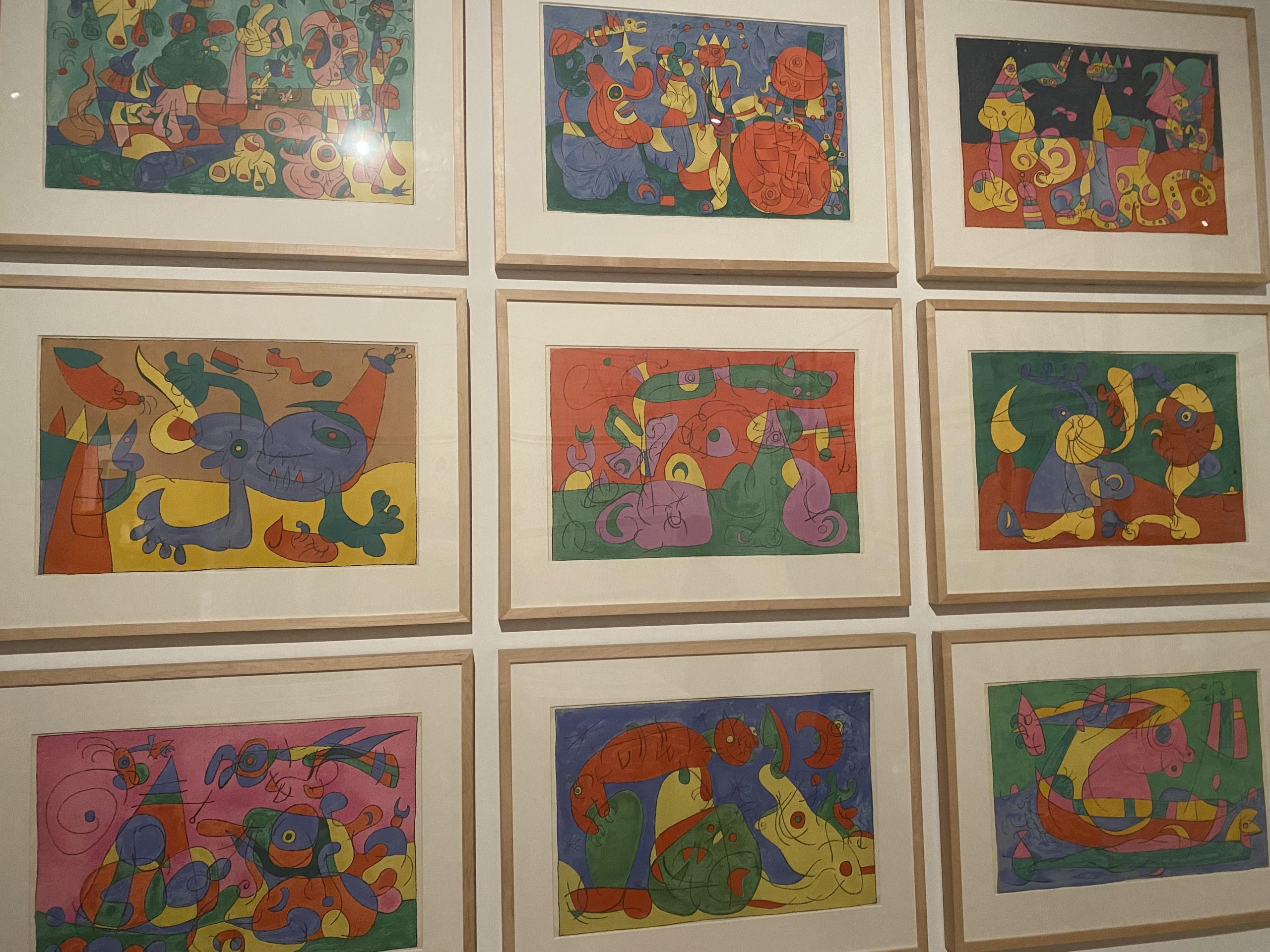From June 28 to September 29, the two artists, Matisse and Miró, meet through an exhibition at the Matisse Museum.
The exhibition, organized in partnership with the Fundació Joan Miró in Barcelona, will be presented from June 28 to September 29, 2024 at the Matisse Museum in Nice, and then at the Fundació Joan Miró in Barcelona. Under the direction of Aymeric Jeudy, this exhibition promises to offer a new perspective on the profound and constructive relationships between the works of two giants of modern art.
The exhibition highlights the common practices between Matisse and Miró. It will begin with a biographical base, exploring how Matisse and Miró discovered and appreciated each other’s works, and who were the intermediaries between them. It will then continue with decisive moments of productive cross-views, such as the thought of fauvism in Miró and the inspiration of Miró’s works on Matisse. Finally, it will compare their shared practices, notably illustrated books and large monumental compositions, culminating in a final “face-to-face” between major and testamentary works of each artist.
Matisse and Miró
The links between the two artists were strengthened by their common friends, such as art critics and writers Aragon, Breton, Georges Duthuit, and Christian Zervos, as well as art dealers Pierre Matisse and Aimé Maeght. Pierre Matisse, Henri’s son, played a crucial role in promoting Miró’s work in the United States from 1934, often entrusting his father with the mission of selecting Miró’s works destined for New York.
In depth, their friendship and mutual admiration can be explained by common points in their conceptions of art. Matisse always placed the notion of “decorative” at the center of his aesthetic, while Miró became known for the idea of “assassination of painting.” These visions are not contradictory but complementary, expressing the same desire to surpass traditional representation. The exhibition will show that there is a certain violence in Matisse’s decorative, just as there is softness in Miró’s “assassination.”


